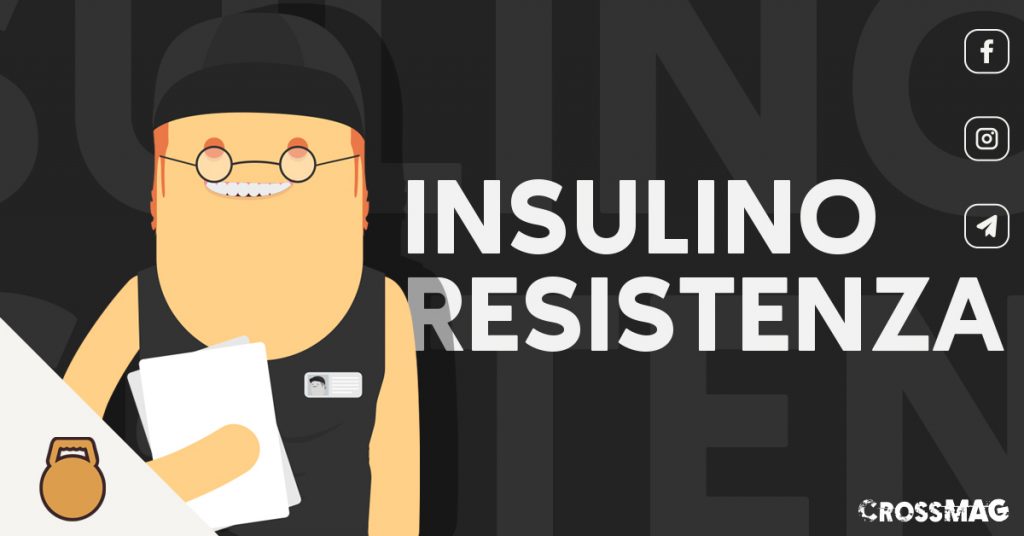Losing weight (or maintaining your weight) is like riding a bicycle.
That is, you never forget ?, you will say.
Do not: but it's easy for you to get stuck in the wheels.
And speaking of weight, one of the most insidious sticks is insulin resistance.
We talk about it in an easy way, without technicalities.
Index
How does insulin resistance work?
What happen? In the order:
- that muscle and fat cells do not receive glucose
- that the body tries to compensate by producing more insulin
- that the pancreas at some point can no longer produce the hormone
- is post-prandial blood sugar rises (Hyperglycemia)
- you doze off at work-
Ah, no, this was for an article on smart work from home.
If pancreatic cells run out - progressively it can happen - we get to have them hyperglycaemia even on an empty stomach. Let's say the step towards diabetes is now shorter.
Other effects of insulin resistance
Insulin resistance has several “practical” effects on metabolism:
- increase fatty acids in the blood
- muscles take less glucose from the blood: glycogen stores are not full
- more fat in the blood = the liver compensates by producing sugars, so it increases blood sugar even when fasting
Fortunately, muscles lose their dependence on insulin while exercising, and even with low insulin values they are able to pick up glucose from the blood.
Causes of insulin resistance
Generally, insulin resistance has hereditary origin and it is linked to the hormone production mechanism: the insulin produced by the body is "defective", or the spectrum of hormones that counteract it is unbalanced.
A number of other conditions can generate insulin resistance: among them hypertension, obesity, metabolic syndrome, as well as pregnancy.
How is insulin resistance resolved?
Once diagnosed (there are very expensive specific tests, but a first diagnosis occurs by measuring plasma insulin and fasting glucose levels), insulin resistance can be countered:
- doing physical activity
- slimming
- taking a diet with low glycemic index foods
- taking fiber supplements, which slow down the absorption of sugars by the intestine
Depending on who your interlocutor is, you may be told a variety of things about the importance of the diet for reducing insulin resistance.
True. But one key factor remains:
weight loss.
Eating little risks making the situation worse: sometimes it can help, of course, to consume a diet low in carbohydrates, but more often the risk is to make the cells lose their affinity with glucose.
Then?
Train.
But not with light walking, or with soft things. You have to bring your body to work intensely (obviously gradual, and commensurate with your state of health). HIIT e weight training are the best choices, aiming to strengthen all factors: force, power and endurance.
Obviously you will have to associate a reasoned diet with physical activity. Talking about it is not the purpose of this article, but I can tell you that "those who see it long" prefer an approach of alternating between low-carb days and low-fat days.
We have activated a lot of discounts on Amazon: from 30 to 70% on all sports categories! It's all on our dedicated channel ????
SUBSCRIBE HERE TO THE TELEGRAM CHANNEL

